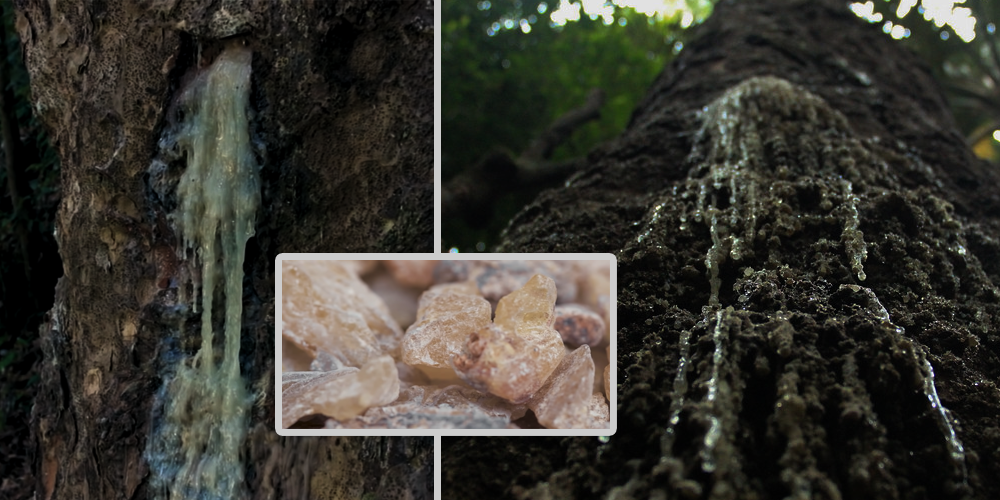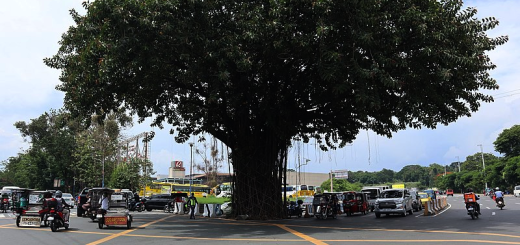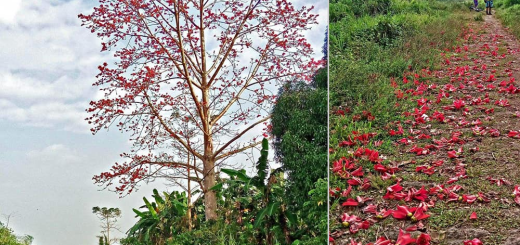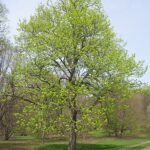Almaciga Tree -The Ancient Giant of Philippine Forests

Tucked deep within the tropical rainforests of the Philippines stands a towering, majestic tree, the Almaciga (Agathis philippinensis). Known locally by names like Almasiga or Dayungon, this ancient conifer has been a silent witness to centuries of ecological and cultural history. But beyond its imposing stature, the Almaciga plays a vital role in forest ecosystems and in the lives of many Indigenous communities.
What is the Almaciga Tree?
Belonging to the Araucariaceae family, the Almaciga is a conifer, meaning it produces cones instead of flowers. It’s related to ancient tree species that date back to the age of dinosaurs. Native to the Philippines and parts of Southeast Asia, the tree thrives in high-altitude rainforests, often growing at elevations of 300 to 1,800 meters.
It can soar up to 60 meters tall (nearly 200 feet!) and live for hundreds of years. Its thick, straight trunk is prized for its high-quality resin and fine-grained wood, both of which have been traditionally harvested for various uses.
The Golden Gift: Almaciga Resin
One of the most valuable products from the Almaciga is its resin, locally known as “Manila copal.” Tapped from cuts in the tree’s bark, the resin oozes out and hardens over time. Once collected, it’s cleaned and processed into a golden, glassy substance used for:
– Varnishes and paints
– Incense and traditional rituals
– Perfumes and cosmetics
– Industrial adhesives and sealants
Its strong, aromatic quality makes it highly sought-after both locally and internationally.
A Tree Tied to Indigenous Culture
For many Indigenous groups in the Philippines — particularly in Palawan and Mindoro — the Almaciga is more than just a tree. It’s a source of livelihood, a spiritual symbol, and an integral part of forest stewardship.
The Tagbanua people, for instance, have long practiced sustainable tapping methods passed down through generations. These methods involve respectful harvesting to ensure the trees aren’t overexploited, blending conservation with culture.
Conservation Concerns
Sadly, like many rainforest giants, the Almaciga is under threat. Illegal logging, unsustainable resin harvesting, and habitat loss have all led to a decline in its population. The species is now listed as Vulnerable by the International Union for Conservation of Nature (IUCN).
Efforts are underway to protect it, including:
– Government regulations on resin collection
– Forest protection programs
– Community-based forest management (CBFM) schemes
– Educational campaigns to promote reforestation and biodiversity awareness
Why the Almaciga Matters Today
In an age of climate change and biodiversity loss, ancient trees like the Almaciga serve as vital carbon sinks and guardians of genetic diversity. They provide habitat, stabilize soil, and support traditional livelihoods. In short, protecting them is protecting both nature and culture.
The Almaciga tree is a living testament to the rich natural heritage of the Philippines. It’s a symbol of strength, sustainability, and the deep-rooted connection between people and forests. As more people learn about this gentle giant, the hope is that it won’t just survive, it will thrive for generations to come.










